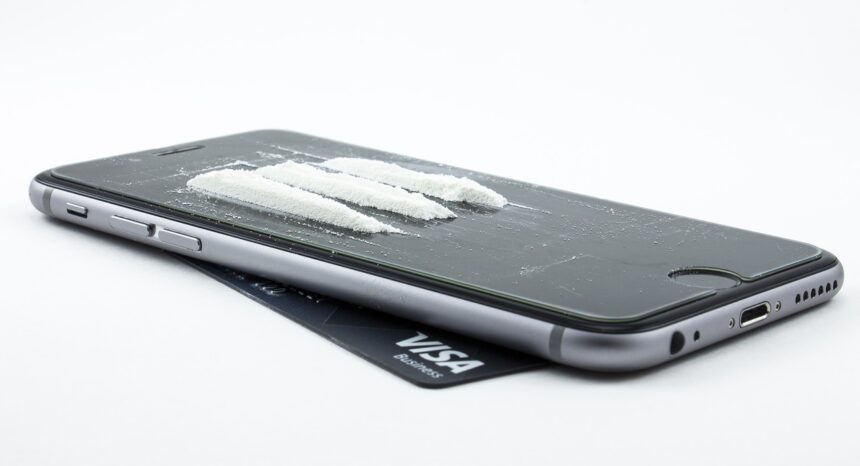Teenagers in wealthy American suburbs seem to have it all: a nice home, great opportunities. More often than other adolescents, they also seem to have a taste for drugs and alcohol.
Researchers have documented higher levels of drug abuse and binge drinking in white, wealthy suburbs than in other communities. A 2017 survey of over 13,000 American high school students found that attendance at a school with high median family income was associated with more students engaging in this type of risky behavior. “These results highlight the central role of schools and peers in driving social norms and expectations affecting mental and behavioral health,” the team from Boston College concluded.
But less is known about how these behaviors relate to substance abuse later in adulthood and the role of parenting.
An academic study worth reading: “Adolescents from Upper Middle Class Communities: Substance Misuse and Addiction Across Early Adulthood,” in Development and Psychopathology, 2017.
Study summary: Suniya Luthar and a team of psychologists at Arizona State University sought to better understand the risky behaviors of young adults from affluent American suburbs. The researchers collected longitudinal survey data on two cohorts matching this definition, which they call the New England Study of Suburban Youth (NESSY). Their surveys followed these youth from 12th grade through college and, for one of the cohorts, for five more years. They measure binge drinking (consuming alcohol until intoxicated) and the use of marijuana, stimulants (such as Adderall or Ritalin) and cocaine by comparing their findings with national averages from a University of Michigan study.
Also interested in how parents’ supervision of high school students might moderate risky behaviors later, Luthar and her team asked respondents how much their parents monitored or disciplined drug and alcohol use while they were still living at home. The researchers called this factor “containment.”
And finally, the researchers were interested in rates of substance dependence in adulthood, which they can measure because NESSY included interview-based diagnoses of both abuse of and dependence on drugs and alcohol.
The researchers defined the NESSY cohorts as “upper-middle class.” The subjects came from families with median incomes over three times the national average and median home values of over $1 million in 2015. Between 80 and 90 percent of their parents had college degrees (compared with a national average of just over 29 percent in 2012, according to the Census Bureau).
Key takeaways:
- As high school students, the NESSY cohort used more drugs and alcohol than the national average in 11 out of 12 categories.
- In college, the NESSY cohort was drunk more often than the national average and used above-average amounts of marijuana, stimulants and cocaine. These findings were statistically significant 85 percent of the time.
- As adults in their first years after college, the NESSY cohort’s use of ecstasy and tranquilizers was above average levels. Cigarette use was also above average.
- By age 27, males exhibited signs they were over two times more likely to be diagnosed with addiction to drugs or alcohol in their lifetimes, compared to the national average. Females in one of the cohorts were three times more likely; the other cohort had an average risk. That means 23 to 40 percent of NESSY men and 19 to 24 percent of NESSY women are expected to develop a substance dependence.
- Parental “containment” at age 18 is associated with lower marijuana use at age 22 and lower stimulant use later. The authors comment that the “findings from this study highlight the need for upper-middle class parents to revisit laissez-faire attitudes toward their high school children’s substance use.”
Helpful resources:
- The National Institutes of Health’s National Institute on Drug Abuse funds the Monitoring the Future survey by the University of Michigan, an annual look at adolescent substance abuse.
- The National Survey on Drug Use and Health (NSDUH), carried out by the U.S. Department of Health and Human Services, offers data on the prevalence of alcohol, tobacco and drug use of Americans over age 12.
- The University of Wisconsin’s annual county health rankings look at premature deaths throughout the country and find drug overdoses nationwide are on the rise.
Other research:
- We wrote an extensive review of scientific literature on marijuana and health in 2017.
- We have also reviewed research on marijuana use, crime and distracted driving.
- Raising the sales tax on alcoholic beverages leads to fewer crashes with injuries involving drivers who have been drinking, according to a 2017 paper. This is especially true among drivers aged 15 to 20.
- Is marijuana a gateway drug? A 2017 study in The B.E. Journal of Economic Analysis & Policy suggests it is not.
- A 2009 survey of over 6,600 young Americans found higher median household income associated with alcohol use. Studies from 2012 and 2017 replicate those findings.


Expert Commentary